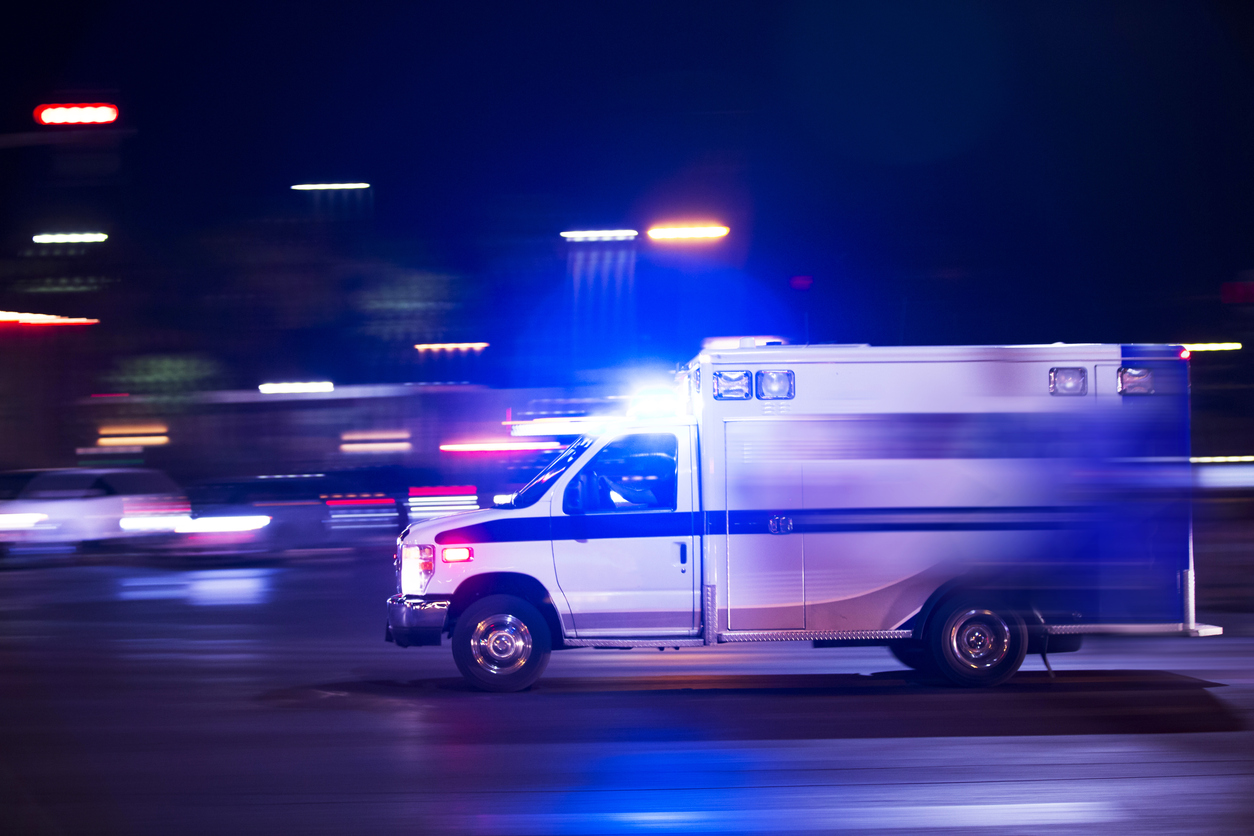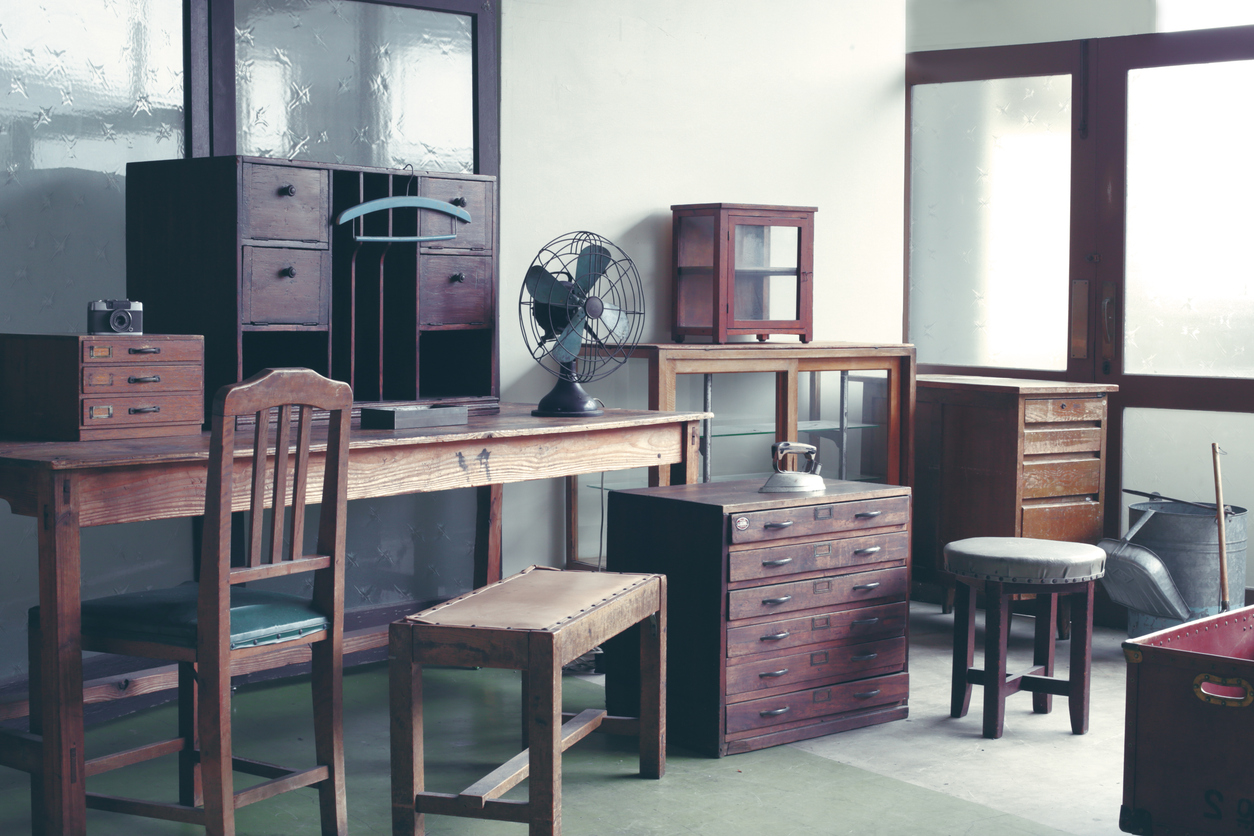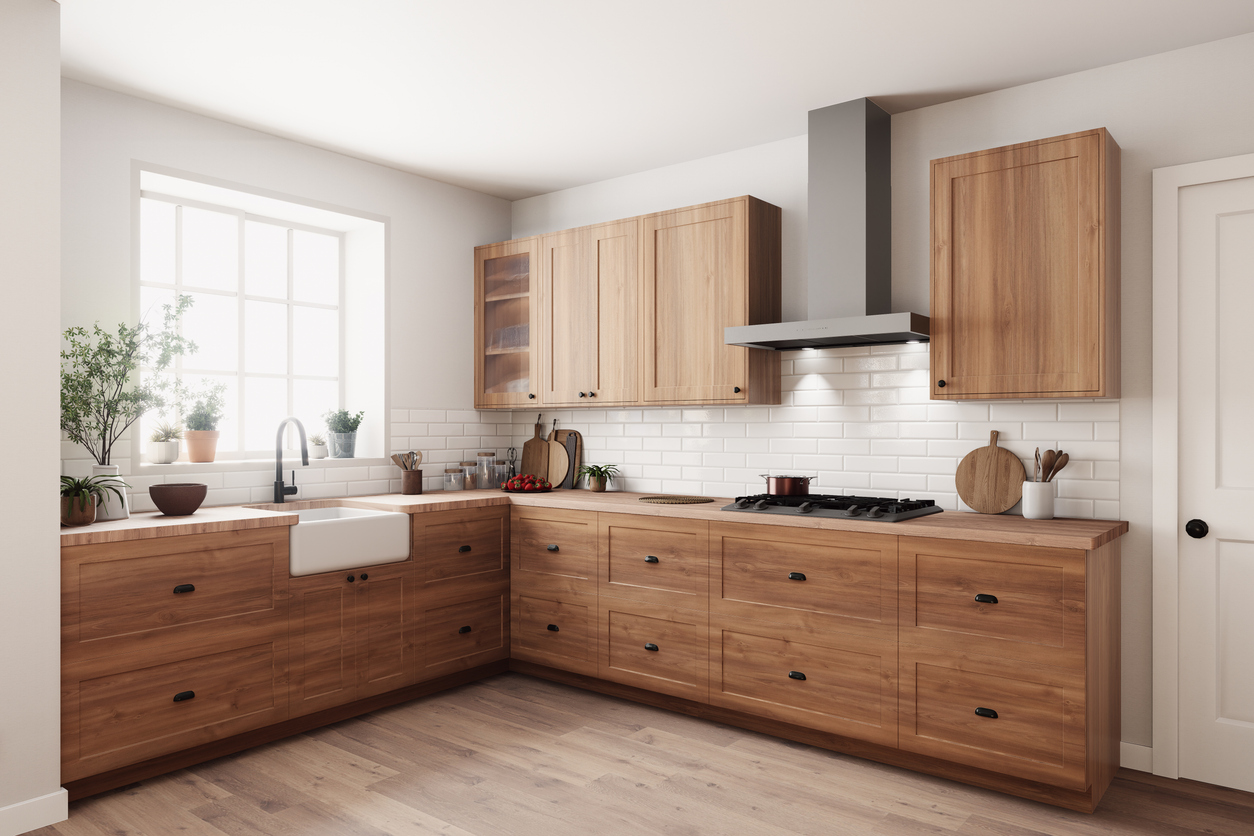Ambulance Vehicles in Kenya: The Latest Trends in Medical Vehicle Design
Ambulance Vehicles in Kenya: The Latest Trends in Medical Vehicle Design
In any emergency situation, the speed at which help can be delivered is critical to saving lives. Ambulances are essential vehicles that are called upon in a medical emergency to transport people who have suffered from a sudden illness or injury to the hospital for treatment. The ambulance also supplies first aid and prehospital care for victims of accidents or other dangerous events until they can be taken to the medical facility. An ambulance is a type of vehicle that is equipped with advanced life support systems, like a monitor that measures heart rate, pulse, blood pressure, and oxygen saturation; an automated external defibrillator; and various drugs and bandages. There are mainly two types of ambulances: light ambulance and heavy duty ambulance. This blog covers some of the latest trends in medical vehicle design for ambulances in Kenya.
Light Ambulance
A light ambulance is a vehicle that is designed to carry two or three patients to a hospital while also having the capacity to transport paramedics, medical supplies, and equipment. This kind of ambulance is not designed to transport critically ill patients who require a higher level of care than light ambulances are capable of providing. Heavy-duty ambulances, on the other hand, are large and sturdy vehicles that can transport more than three patients at a time and offer a wider array of medical equipment and supplies, such as cardiac monitoring, intubation, and oxygen. Light ambulances are usually smaller than heavy-duty ambulances, have a lower curb weight, and are less expensive to purchase. They are easy to navigate through city traffic and are often equipped with a flashing light for use in an emergency.
Heavy Duty Ambulance
A heavy duty ambulance, also known as a “quick response vehicle,” is an emergency vehicle that is designed to transport critically ill or injured patients to a hospital as quickly as possible. It has a large capacity to accommodate several patients and a wide range of medical equipment, such as ventilators, cardiac monitors, and even a stretcher lift. Heavy duty ambulances are larger than light ambulances and may take longer to navigate through congested city traffic. They also weigh more than light ambulances and usually require at least two trained medics to drive them due to their heavy weight and complicated controls. Heavy duty ambulances often have flashing lights and sirens to warn other vehicles about their presence and get them through congested traffic as quickly as possible. They are generally used for transporting the sickest patients to the hospital, including those who have suffered from cardiac arrest, have severe injuries, have overdosed on drugs, or are experiencing seizures.
Wheelchair Ambulance
Wheelchair ambulances are specially designed vehicles that transport patients who have trouble getting around by foot. Wheelchair ambulances can take people who have a physical disability, are obese, are elderly, are pregnant, or are injured in some way to the hospital. Wheelchairs can be tilted up, and the patient can be strapped in. The chair can then be placed into the wheelchair ambulance and taken to the hospital. Wheelchair ambulances are usually larger than standard light ambulances and are often outfitted with a lift or ramp to move the wheelchair into the vehicle. They may also have wider doors or a special roof hatch to accommodate wheelchairs.
Advanced Ambulance Care Equipment
Advanced ambulances are designed to provide better care and transport options compared to standard ambulances. Advanced ambulances are usually equipped with a higher level of technology and more advanced equipment, such as cardiac monitors, oxygen tanks, ventilators, and stretchers. Advanced ambulances may also be configured to provide better treatment for patients with allergies to bee stings, peanuts, or other substances that can trigger an allergic reaction. Ambulances may also have special equipment for treating patients with diabetes, obesity, or other conditions that may require specialized treatment.
3D Printing in Medical Vehicle Design
3D printing is a process that uses a computer program to create a three-dimensional object from a digitally created model. 3D printing has been widely used to create prototypes for new products and can be applied to medical vehicle design as well. For example, with 3D printing, a prototype of a special stretcher that is designed to fit a specific type of patient, such as a child or a pregnant woman, can be created in a much quicker and less expensive manner than by using traditional manufacturing methods. By using 3D printing, design flaws and other issues can be easily identified before the final product is mass-produced, saving time and money. This can be especially helpful for medical vehicles, as small design changes can have a large impact on patient outcomes and safety.
Conclusion
Ambulances are essential vehicles that are called upon in a medical emergency to transport people who have suffered from a sudden illness or injury to the hospital for treatment. The ambulance also supplies first aid and prehospital care for victims of accidents or other dangerous events until they can be taken to the medical facility. An ambulance is a type of vehicle that is equipped with advanced life support systems, like a monitor that measures heart rate, pulse, blood pressure, and oxygen saturation; an automated external defibrillator; and various drugs and bandages. Ambulances are usually larger vehicles that are outfitted with the necessary equipment to keep people alive while they are being transported to the hospital. Light ambulances and heavy duty ambulances are two types of vehicles that are used as emergency vehicles. Light ambulances are smaller vehicles that are designed to carry two or three patients to a hospital, while heavy duty ambulances are larger vehicles that are designed to transport critically ill patients to a hospital.







LEAVE A COMMENT
You must be logged in to post a comment.